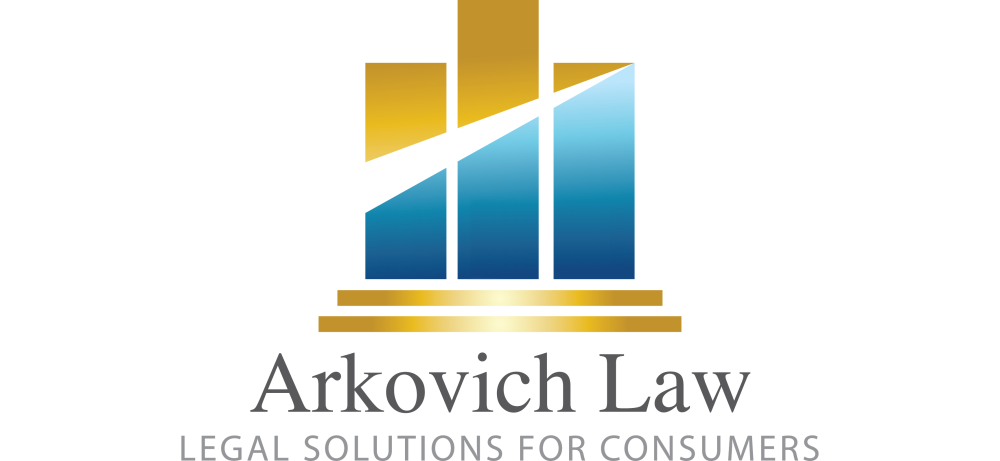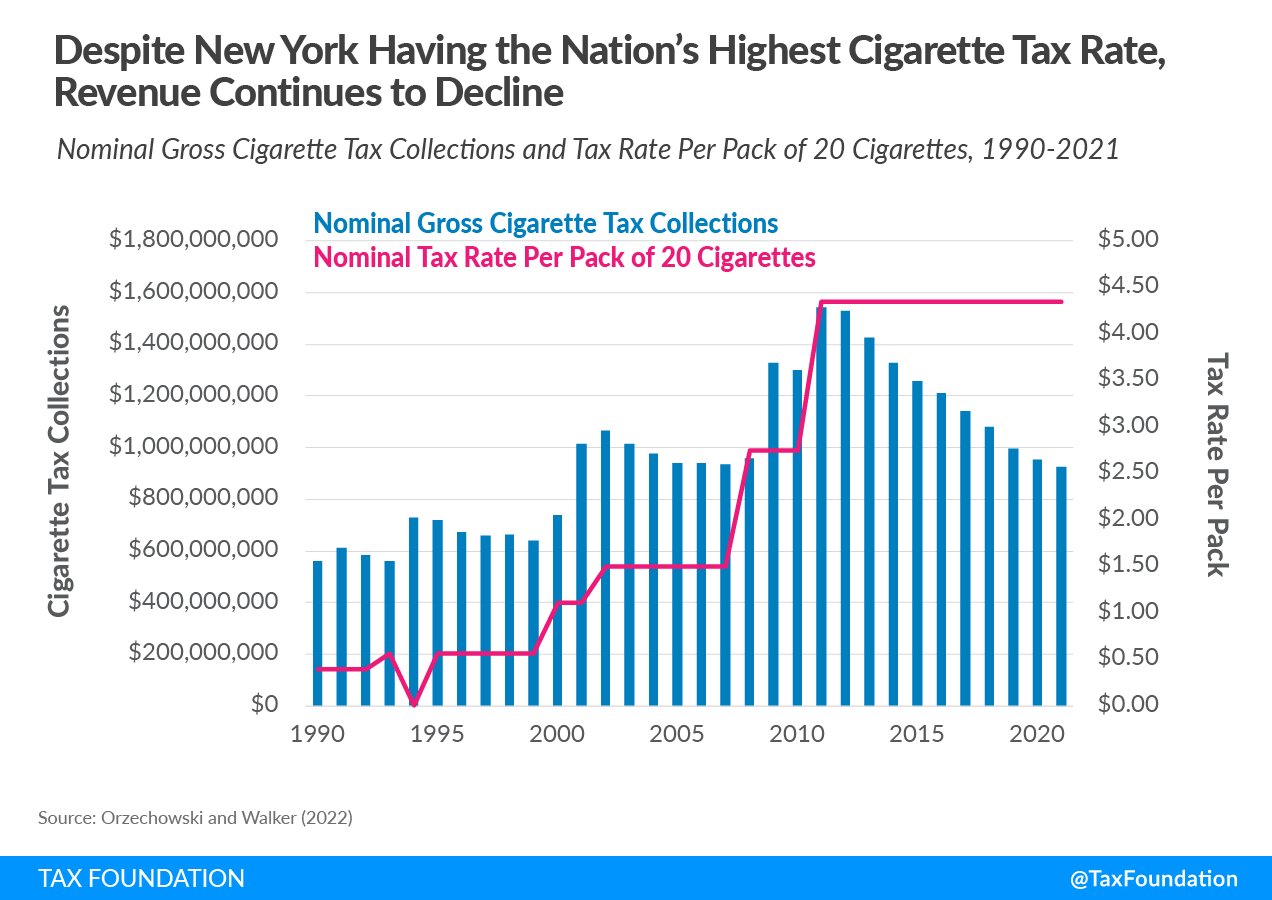Why companies must adapt to CTC mandates
The advent of continuous transaction control (CTCs), and the increasing number of digital real-time controls implemented each year, makes managing indirect tax more complicated and riskier than ever. You must ensure that your assessment of tax is correct as soon as the transaction occurs, if not earlier. It’s not possible to reconcile the data later. They must undergo a transformation of their tools and processes, their skillsets and the way they approach indirect tax. Indirect tax management can no longer be left in a silo to the “tax people”; organizations need to align real-time tax and supply chain processes throughout the entire organization.
“You can’t afford to have silos within the company anymore. This will lead to trouble in the future,” said Tracy Davis, Retail and Diversified Vertical Lead for Thomson Reuters in a recent webinar about Digital transformation for end-toend indirect tax compliance. Aligning these departments and simplifying tax management requires an all-in-one indirect tax management system that automates calculation everywhere you do business, across all your products and services.
The growing impact of non-compliance
The real-time data you submit to meet these CTC mandates must be timely and accurate. Vanessa Grazziotin Dexheimer is an indirect tax specialist at EY. She says that every time you submit a tax invoice, you are expressing your final tax position. “You are reporting to the government that this is the tax applicable in this sale. You won’t have time to reconcile later, so the tax calculation you make at that point has to be accurate. It could even result in jail time for the company’s head. In Brazil, incorrect invoicing can result in goods being impounded.
Non-compliance can also impact your company’s reputation with the public. People may perceive an accidental underpayment as a willful attempt to circumvent paying what the company owes to the communities where it does business.
Getting
granular data before the taxing authorities have it
This new compliance model requires sending unprecedented amounts of data to tax authorities in real-time entities, which no longer just audit your company based on aggregated data submitted long after an event. It also audits the data that your vendors and customers submit. You must know what they will assess before they do. “If the government knows about your business sooner and more granularly than you know it, that is a quite uncomfortable position to be in,” says Nazar Paradivskyy, e-invoicing and CTC Specialist Team Lead at Pagero.
Aligning around better solutions and best practices for CTC mandates
As we’ve seen, the implications for noncompliance go well beyond solely paying a monetary penalty. The tax department is not the only one that needs to simplify the complexity. The sooner a company realizes that, and builds a tech stack that helps unify tax management, business automation, and supply chain processes, the better.This critical digital transformation effort begins by assessing your current indirect tax processes and identifying areas that can be improved through digitalization.Is your transactional data, such as invoices, ready for electronic invoicing and real-time submittal to tax authorities?
Are your customers receiving invoices according to their preferences and requirements, so that you are being paid on time? Are the invoices you are receiving reflecting the underlying business transaction so that you don’t overpay?
Every time you issue or receive an invoice, can you do the tax determination right then, and will that determination consistently be correct?
If the answer to either is no to any of these points, it’s time for a transformation. The result of this transformation should be a single indirect tax management solution that handles all your jurisdictions, products, and requirements across the company, including the needs of various stakeholders such as tax and finance.
Addressing one part of this complex process, or one jurisdiction, at a time is costly and leaves seams in your processes that will create inefficiencies. Confronting it with a complete, end-to-end solution that aligns various departments can create the efficiencies you need and ensure compliance across the company.
Meeting the future with confidence, not complexity
- Many companies are hesitant to invest in technology upgrades, instead working hard to apply outdated processes to current–and future–requirements. These new real-time mandates will provide you and your organization leaders with the motivation to evolve in order to meet the demands of the future. These new requirements also expand the impact of indirect taxes management. This business impact, including increased operational expenses, negative impact on working capital, and possible criminal charges, makes the need for digital transformation imperative.
- This means transformation must be a when not an if. Thomson Reuters ONESOURCE can help when it’s time to make that change. It automates sales and use tax, GST, and VAT compliance in one single, centralized solution to improve the accuracy of tax returns and filings–and aligns all departments for tax management.
- The number of CTC mandates is only going to increase in the coming years–in 2025 alone, there will be at least 27 new, expanded, or otherwise significantly updated obligations mandates. Now is the time to automate and ensure accurate, real-time reports for all stakeholders.






